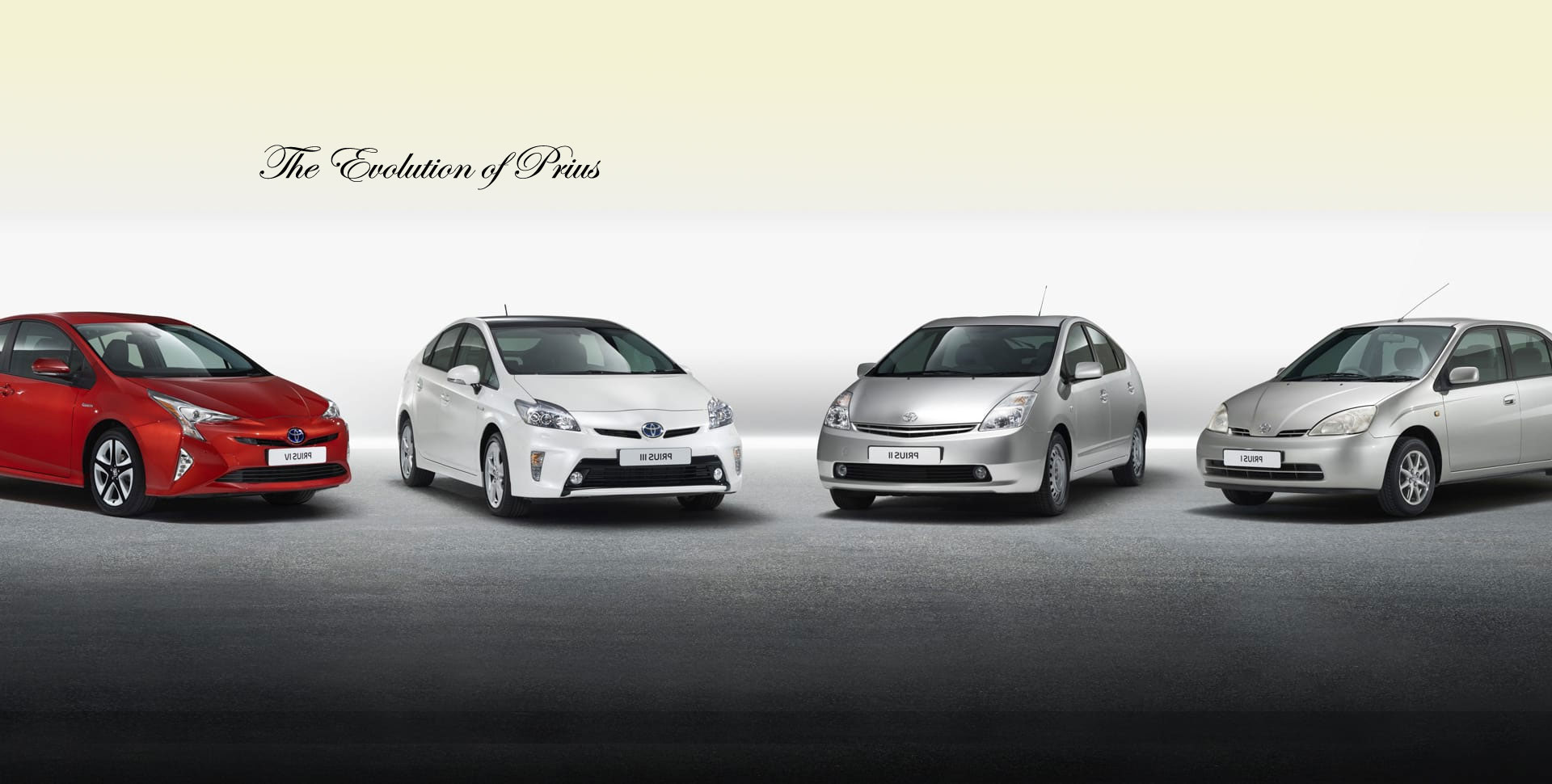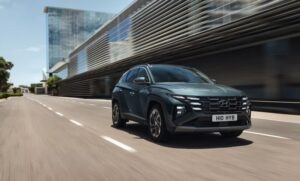The Toyota Prius is not just a car – it’s a global icon of automotive innovation. Since its debut in 1997, the Prius has led the charge in hybrid technology, offering drivers an eco-friendly, fuel-efficient alternative to traditional gasoline-powered vehicles. Over the years, it has evolved significantly, setting the benchmark for hybrid vehicles and influencing the trajectory of the automotive industry.
In this comprehensive article, we will take an in-depth look at the Toyota Prius’s journey, its evolution across generations, and its impact on both the automotive market and the environment.
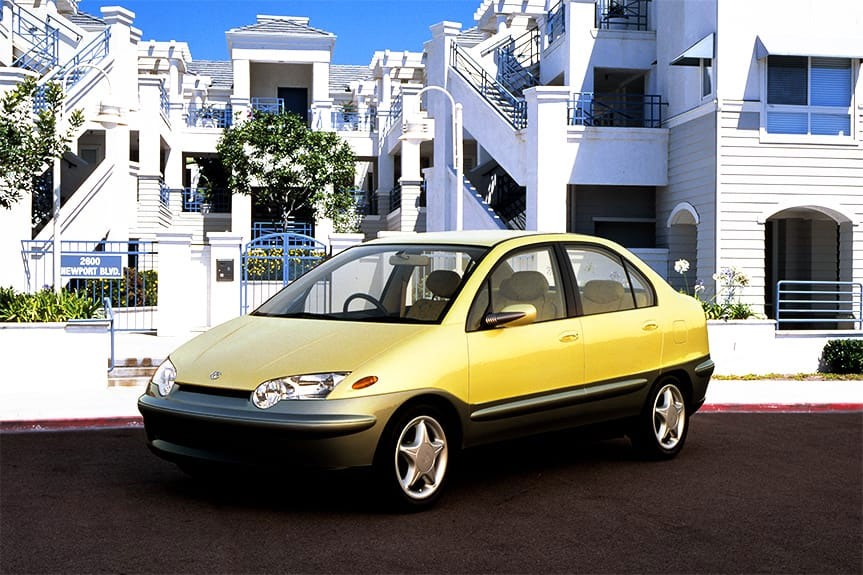
1. The Early Years: Concept and Development (1990-1997)
The idea for the Toyota Prius was born in the early 1990s, a time when environmental concerns were beginning to gain traction globally. Toyota, already a leader in automotive innovation, saw an opportunity to develop a car that could reduce emissions and fuel consumption. The project, internally referred to as the “G21” project, was launched with the ambitious goal of creating a car that was environmentally friendly without sacrificing practicality or performance.
The development team faced numerous challenges, from designing a reliable hybrid powertrain to ensuring the car’s market viability. After years of research, testing, and refinement, Toyota introduced the first-generation Prius in 1997 in Japan, marking the dawn of a new era in the automotive world.
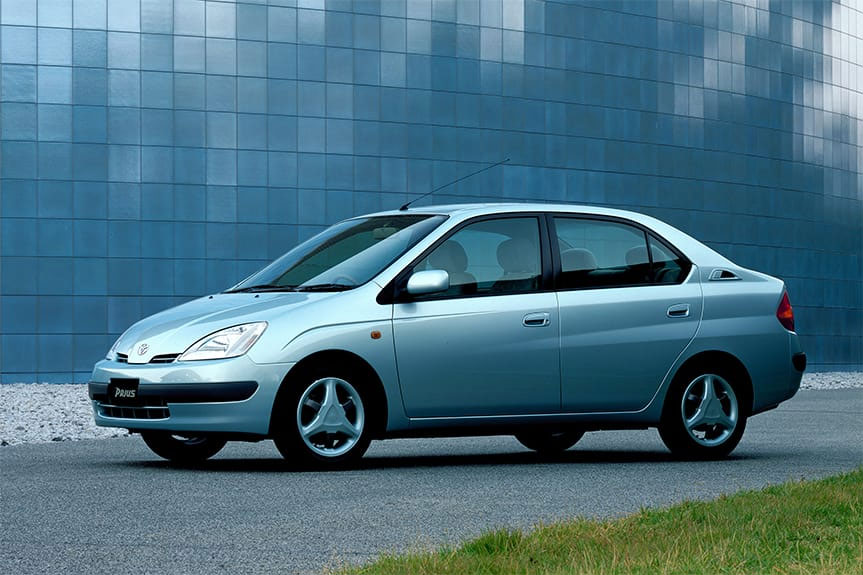
2. First Generation (1997-2003): The World’s First Mass-Produced Hybrid
The first-generation Toyota Prius was groundbreaking as the world’s first mass-produced hybrid car. It featured a 1.5-liter four-cylinder gasoline engine paired with an electric motor, delivering a combined output of 97 horsepower. What made the Prius revolutionary was its ability to seamlessly switch between the gasoline engine and the electric motor, depending on driving conditions. This innovation significantly reduced fuel consumption and emissions, making it the greenest car on the road at the time.
Although the first-generation Prius wasn’t a high-performance car by any means, its primary appeal was its fuel economy. The car achieved an impressive 52 miles per gallon (mpg) in city driving conditions, far exceeding the capabilities of traditional gasoline-powered cars. In Japan, the car quickly gained a reputation for being an environmentally friendly option, attracting eco-conscious drivers.
In 2000, the Prius was introduced to the United States and other global markets. Initially, it faced skepticism, as hybrid technology was still new and largely untested in the eyes of many consumers. However, Toyota’s marketing efforts, coupled with the rising awareness of environmental issues, helped the Prius gain traction. By the end of the first generation, the Prius had established itself as a viable alternative to conventional vehicles, laying the foundation for future generations.
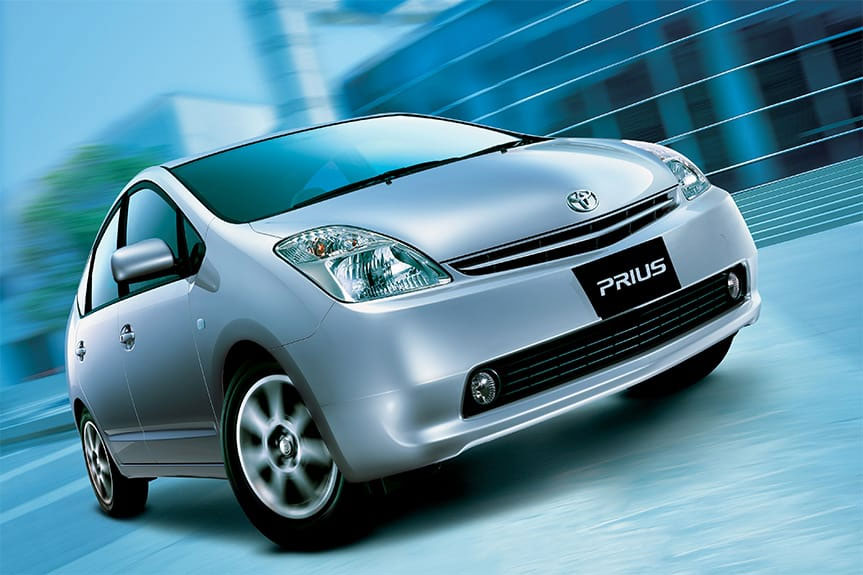
3. Second Generation (2003-2009): A Bolder, More Efficient Hybrid
In 2003, Toyota introduced the second-generation Prius, and it was a game-changer in many ways. The car’s design was completely overhauled, moving from a conservative sedan shape to a more distinct, aerodynamic hatchback design. The new shape not only made the car more recognizable but also helped improve its fuel efficiency by reducing drag.
Under the hood, the second-generation Prius saw significant improvements in its hybrid powertrain. Toyota introduced a more advanced version of its Hybrid Synergy Drive system, which increased the car’s overall power output to 110 horsepower while simultaneously boosting fuel economy. The Prius now achieved around 60 mpg in city driving, cementing its status as the most fuel-efficient vehicle on the market.
This generation also marked the Prius’s entry into mainstream culture. It became a favorite among celebrities and environmental advocates, who praised its eco-friendly credentials. High-profile endorsements helped the Prius shed its image as a niche vehicle and transform into a symbol of environmental responsibility. By the end of this generation, the Prius had achieved global recognition, with sales numbers growing rapidly across North America, Europe, and Asia.
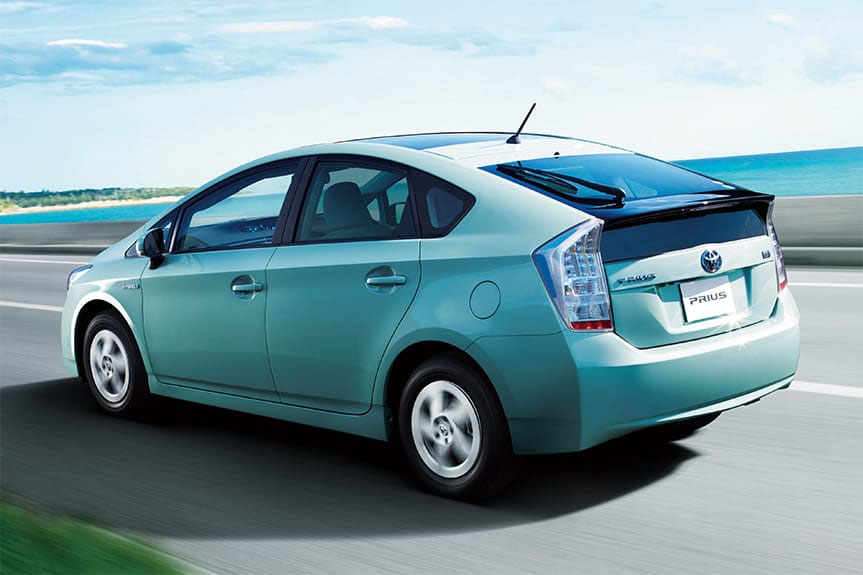
4. Third Generation (2009-2015): Technological Advancements and Mass Appeal
The third-generation Prius, launched in 2009, took the vehicle’s efficiency, performance, and technological sophistication to new heights. Toyota made extensive improvements to the car’s Hybrid Synergy Drive system, further enhancing both fuel efficiency and driving performance. The gasoline engine was upgraded to a 1.8-liter four-cylinder unit, boosting the car’s total power output to 134 horsepower.
This generation of Prius was capable of achieving up to 50 mpg combined, a figure that remained unmatched by most hybrids on the market at the time. Toyota also introduced a range of technological features, including a solar-powered ventilation system, a heads-up display (HUD), and an advanced infotainment system, which further enhanced the car’s appeal to tech-savvy consumers.
Perhaps the most significant development in the third generation was the introduction of the Prius Plug-in Hybrid in 2012. The Prius Plug-in allowed drivers to charge the car’s battery from an external power source, giving it a limited electric-only driving range. While the plug-in model was not a full electric vehicle, it offered a bridge between traditional hybrids and emerging electric vehicles (EVs), making the Prius even more versatile.
By this point, the Prius had firmly cemented its place in automotive history as the world’s best-selling hybrid vehicle. Its combination of fuel efficiency, advanced technology, and environmental benefits resonated with consumers worldwide, making it a popular choice for drivers who wanted to reduce their carbon footprint.
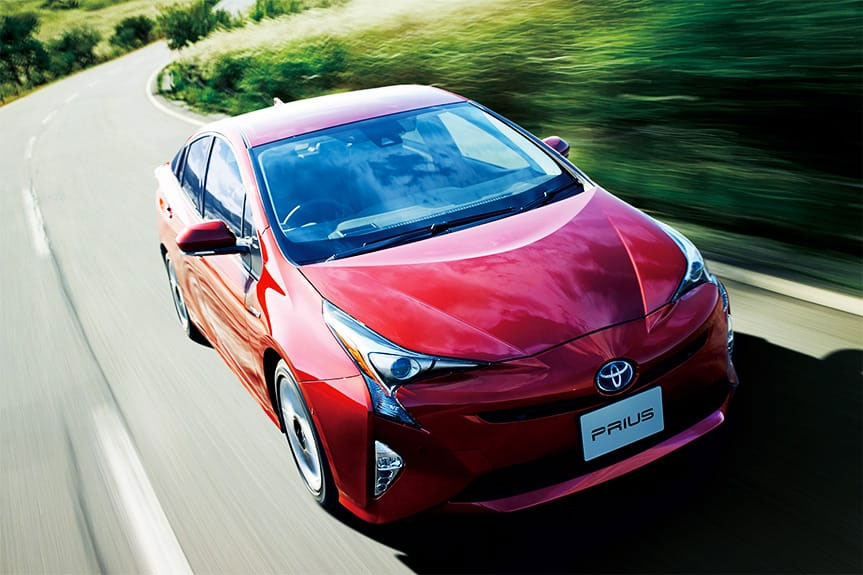
5. Fourth Generation (2015-2022): Refinement and a New Direction
Toyota introduced the fourth-generation Prius in 2015, and it represented a significant leap forward in terms of design, technology, and driving dynamics. The car was built on Toyota’s New Global Architecture (TNGA) platform, which improved the vehicle’s structural rigidity, handling, and ride comfort. This generation of Prius offered a more dynamic and engaging driving experience compared to its predecessors, addressing one of the few criticisms that had been directed at earlier models.
In terms of design, the fourth-generation Prius featured a more aggressive, angular look, which was a departure from the softer, more understated styling of previous generations. This design was polarizing at first, with some praising its futuristic appearance and others finding it too bold. Nevertheless, it was clear that Toyota was aiming to make a statement with the Prius, aligning its image with innovation and cutting-edge technology.
Performance-wise, the Hybrid Synergy Drive system was further refined, with improvements to both the gasoline engine and the electric motor. Fuel economy remained a key selling point, with the fourth-generation Prius achieving up to 58 mpg in the city. The Prius Prime, the plug-in hybrid version, also received updates, offering a longer electric-only driving range and more powerful electric motors.
Additionally, the fourth generation introduced a host of advanced safety features, such as Toyota Safety Sense, which included adaptive cruise control, lane departure warning, and automatic emergency braking. These features helped the Prius stay competitive in an increasingly crowded market of hybrid and electric vehicles.
6. Fifth Generation (2022-Present): A New Era of Hybrid Innovation
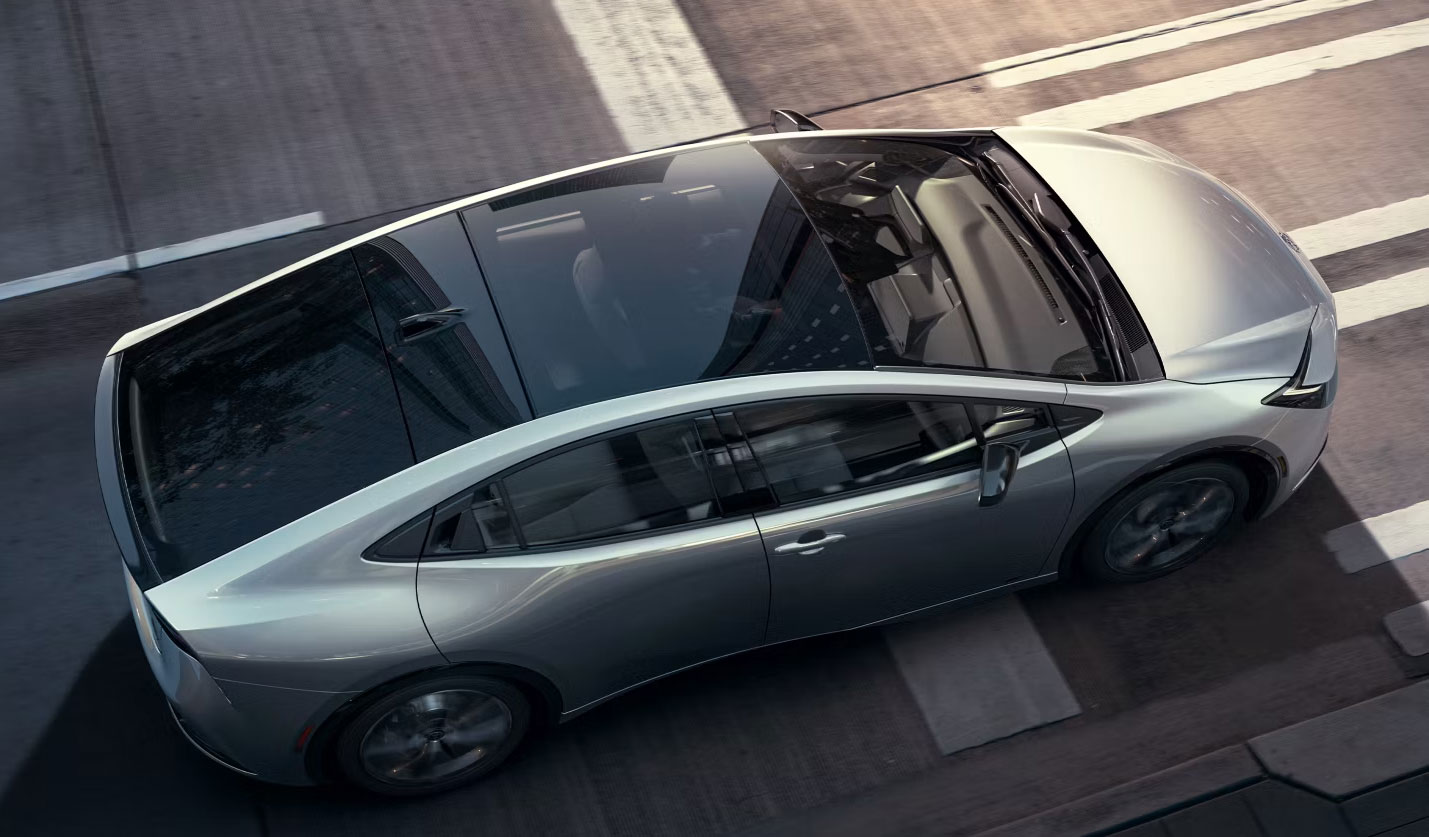
6. Fifth Generation (2022-Present): A New Era of Hybrid Innovation
The fifth-generation Toyota Prius, introduced in 2022, marks the latest chapter in the evolution of this hybrid icon. Building on the strengths of previous generations, the new Prius features an even more advanced hybrid system, offering improved performance, efficiency, and environmental impact.
The design of the fifth-generation Prius is sleeker and more aerodynamic than ever, with a streamlined body that reduces drag and enhances fuel efficiency. Toyota has refined the car’s exterior to appeal to modern consumers, giving it a more upscale and contemporary look while retaining its signature hatchback shape.
Under the hood, the new Prius comes with a range of hybrid powertrain options, including more powerful electric motors and a larger battery. These upgrades translate into better acceleration, a more responsive driving experience, and even higher fuel efficiency. The plug-in hybrid version of the Prius now offers a longer electric-only driving range, making it a practical option for those who want to rely on electricity for most of their daily commutes.
The fifth-generation Prius also embraces the latest in-car technology, with a state-of-the-art infotainment system, wireless smartphone connectivity, and advanced driver assistance features. Toyota’s focus on sustainability extends beyond the car’s powertrain, as the new Prius is built using eco-friendly materials and production processes, further reducing its environmental footprint.
In an era where electric vehicles are gaining more attention, the Toyota Prius remains relevant by offering a hybrid alternative that balances efficiency, convenience, and affordability. It continues to be a top choice for drivers who want to reduce their environmental impact without compromising on practicality.
7. Impact on the Automotive Industry
The Toyota Prius has had a profound impact on the automotive industry. It was the first vehicle to popularize hybrid technology, and its success paved the way for other automakers to develop their own hybrid models. Today, almost every major automaker offers a hybrid or electric vehicle, and much of this can be attributed to the trailblazing efforts of the Prius.
The Prius also helped shift public perception of eco-friendly cars. Before its arrival, many people viewed environmentally friendly cars as slow, impractical, or expensive. The Prius proved that it was possible to create a car that was not only fuel-efficient but also reliable, practical, and affordable.
Additionally, the Prius played a significant role in raising awareness about the environmental impact of traditional gasoline-powered vehicles. Its success helped fuel the global conversation about reducing emissions and transitioning to cleaner forms of transportation.
8. Conclusion: The Prius Legacy
The Toyota Prius revolutionized the automotive world by making hybrid technology mainstream. Over the past two decades, it has continually evolved, improving in performance, efficiency, and design. From its humble beginnings as a niche vehicle to becoming a global icon of environmental responsibility, the Prius has left an indelible mark on the industry.
As the world continues to embrace electric and hybrid vehicles, the Prius’s legacy will undoubtedly endure. It remains a symbol of Toyota’s commitment


